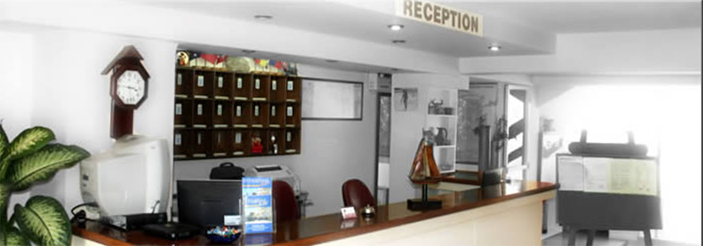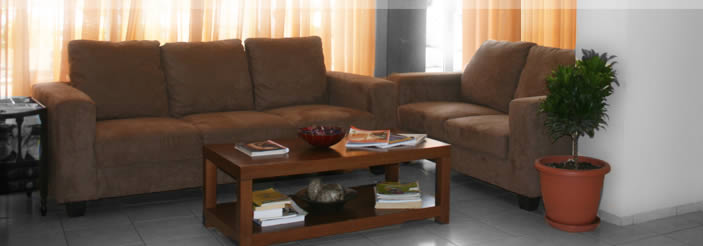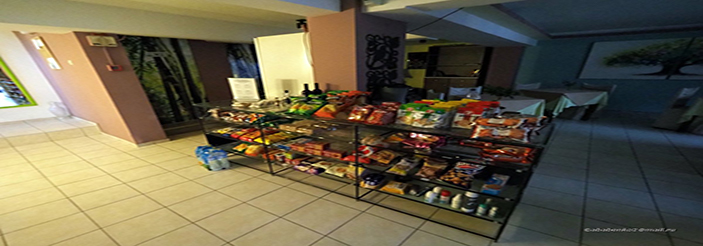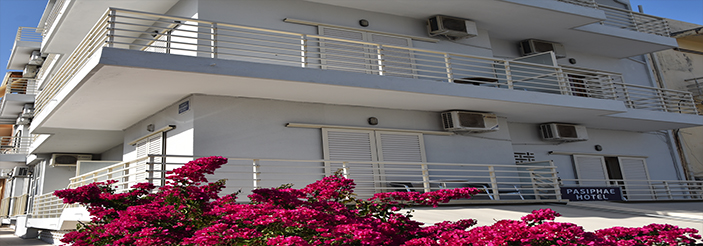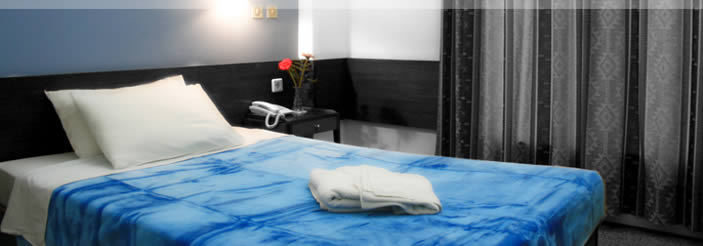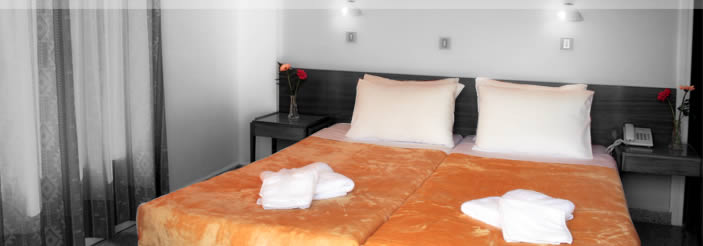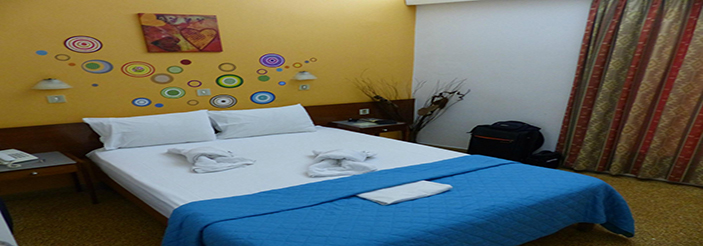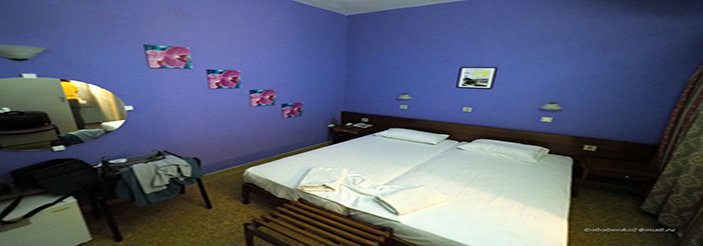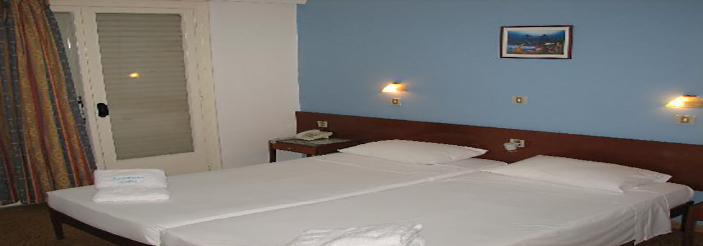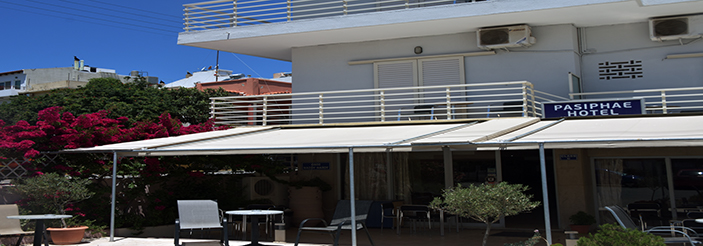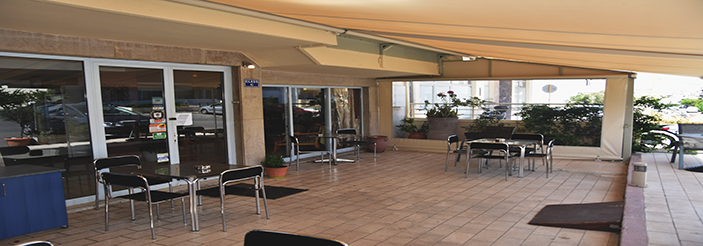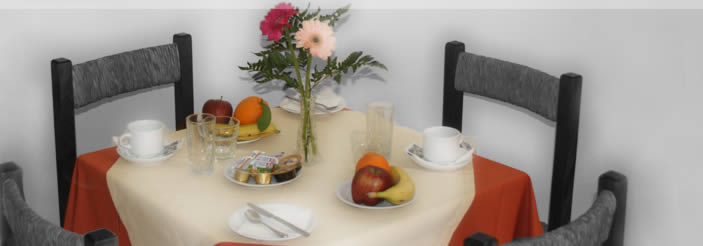Important archaeological sites, historical monuments and museums in Heraklion
Important archaeological sites, historical monuments and museums in Heraklion
 Knossos
Knossos
Knossos is the most famous archaeological site in Crete. It is located southeast from Heraklion city. The palace of Knossos used to be the most powerful palace of the Minoan civilization and the residence of King Minos as well. It covers 22,000m2 and consists of many different rooms and buildings. Even its size proves that this palace was a very important center of the Minoan civilization. Its complicated architecture is characteristic of the Minoan civilization.
Knossos was first inhabited in the Neolithic era. The first palace was built around 1900BC and was almost leveled by a destructive earthquake in 1700BC. The second, even more impressive palace was built right after and it was destroyed again, by the volcano eruption in Santorini.The Minoan civilization flourished in 1700-1450BC. Most ruins still remaining today belong to this period.
 Phaestos
Phaestos
Phaestos is the most important Minoan city in southern Crete. It is located 60km southwest from Heraklion city.Findings reveal that Phaestos had been inhibited since the Neolithic era. In the Minoan period, an organized city was built, flourished and declined.
Important parts of the archaeological site of Phaestos are: The old and the new palace, the domestic apartments of the royal family, magazines, workshops etc. The most renowned finding of Phaestos is the Phaestos disc which is exhibited in the Archaeological Museum of Heraklion.
 Gortyn
Gortyn
Gortyn is one of the most important Minoan archaeological sites. It is located in the Messara plateau, south from Heraklion city. Gortyn flourished when the Minoan civilization had started to decline. In the Roman period, Gortyn was the capital of Crete and became the most prosper city.
It was the first Christian city in Crete as Apostle Titus preached the Christian religion here. The Saracens destroyed Gortyn and the temple dedicated to Titus in 824. Todayyou can visit the ancient odeon, the Apollo temple, the acropol and the ruins of the temple of Titus.
Malia
The archaeological site is located 2km away from Malia town. Excavations discovered pottery, residences of the Prepalatial period and many tombs near the beach.You can visit the complex of the New Palace period, small part of the old palace in northwest and a small building in the northern court dated to the Final Palace periodyou can visit the ancient odeon, the Apollo temple, the acropol and the ruins of the temple of Titus.
Historical monuments
 Koules Venetian fortress
Koules Venetian fortress
Koules is a Venetian fortress located in the Venetian port of Heraklion city. In 1204 Heraklion—which was named Chandax by that time – was bought by the Republic of Venice, after the Fourth Crusade seized Constantinople. Among many fortifications, the Venetians also built Koules.
The fortress was initially called “Roca al mare” which means rock in the sea. It was built before the city walls in order to protect the city, and mainly the port, from enemies coming from the sea. Koules was destroyed by an earthquake in 1303 and rebuilt in 1535-1540. During the Ottoman era (1669-1898) the fortress was used as prison. Many Cretan rebels and brave warriors died in its underground cells.
Museums in Heraklion
Archaeological Museum of Heraklion
The Heraklion Archaeological Museum is one the great museums of Greece and the best in the world regarding the Minoan civilization. It was founded in the 19th century and it is visited by millions of people every year.All the exhibits derive from Crete, from various areas and eras – from the Neolithic to the Roman era.
Museum of Cretan Ethnology
The museum of Cretan Ethnology is located 2km away from Phaestos, in Vori village (6km east from Mires).Exhibits include traditional Cretan utensils connected to cooking, weaving, transport, architecture, production, customs and social life.
In the Museum there is also the Cretan Ecosystem Research Center, where traditional human activities from the Middle Ages until today are studied, along with historical, social, economic, political and geophysical changes in Crete and the surrounding area.
 Historical Museum of Crete
Historical Museum of Crete
The Historical Museum of Crete was established in 1953 and is housed in a neoclassical building which was owned by archaeologist Kalokairinos. It was built in 1870 by the renowned Greek architect Lisandros Kaftantzoglou on the ruins of an older mansion. In 1898 the building was burnt by the Turks and was rebuilt in 1903 by K.Tsantirakis on the basis of the older plans.
The building has two floors and an imposing entrance. It is a fine example of neoclassical architecture. Inside, you will see its beautiful friezes decorated with themes inspired from Greek mythology and the epic poems of Homer, Iliad and Odyssey.
Kazantzakis museum
The Kazantzakis museum is located in Varvari village, 20km south from Heraklion city.It exhibits pieces connected to the famous writer’s life and work.
The collections include personal effects, manuscripts, samples of his correspondence, first editions of his works in Greek and other languages, works translated in more than 50 languages, rare photographs, busts and other pieces of art and material from theater productions of its works, such as posters, programs, scene models, costumes, photographs etc.







